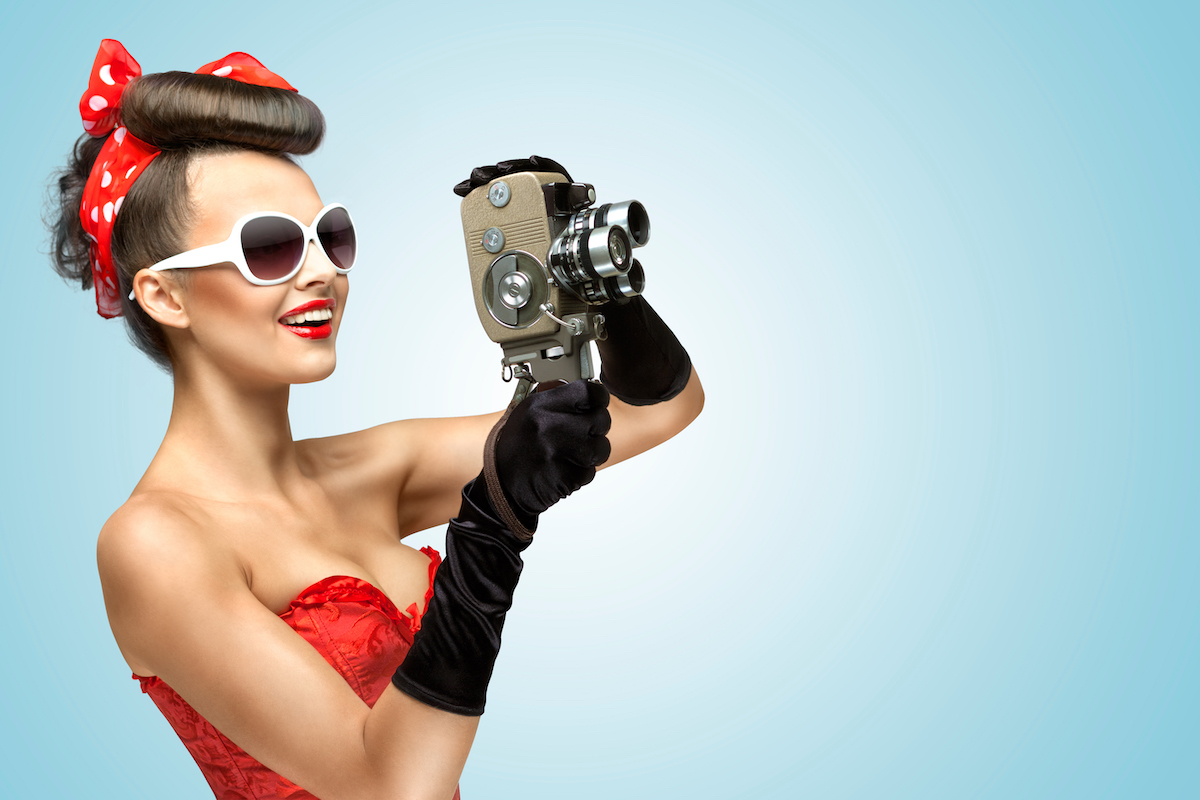
Cannabis on TV
We’ve had a blooming of cannabis-oriented shows these past few years. It seems the combination of huge legalization activity across the U.S., combined with the greater freedom of expression found on the internet, cable channels and in video-on-demand (VOD), has spawned a new genre. The path to this opening continues to be rocky at best though, with negative depictions of cannabis users much more common than positive ones.
Since television program writers and producers seek to include socially relevant content, the expanding public dialogue about cannabis has undoubtedly spurred this increase in cannabis content. Over time, the TV presentation of cannabis has changed, mirroring shifts in public understanding. Tracking the way in which groups are represented is a well-known method in media studies. Sociological researchers have understood the media as both leading and reflecting public attitudes. Movies, music and advertising have all been studied in this manner. For example, Vito Russo’s groundbreaking 1981 book The Celluloid Closet traced the portrayals of gay people in film and became the first reliable resource on that history. The book became a documentary film in 1991. Racism in media has been explored in the same way.
One common trajectory found in many of these studies on the representation of out-groups is the gradual change from outright hostility expressed through extreme, negative stereotypes to a middle period of caricatures that still convey negative images but with a twist of sympathy added. If social acceptance continues to grow, media images will become more positive, too. Ultimately, the maligned group may come to be recognized as a market to be exploited, leading to more positive representations. Hollywood films have moved from black stereotypes like Stepin Fetchit, the first major black character in film who displayed painfully grotesque, insulting mannerisms, to earnest documentaries and seekers after equality played by luminaries such as Sidney Poitier in the 1950s and 1960s to the breadth of roles we see today for an actor like Denzel Washington. The same trajectory can be seen in portrayals of gay men in film. Racism and heterosexism certainly still flourish in society, but movie and TV roles no longer fuel the bias as they once did.
Cannabis and its devotees seem to be undergoing a similar shift in media attitudes. We can trace it from the days of broadcast TV through to the current broadband revolution. One very early TV cannabis reference occurs in a 1961 episode of The Andy Griffith Show, found at Netflix (Season 1, Episode 29). Deputy Barney is highly suspicious of local farmer Sam for acting “weird” by refusing to stop and chat and by tilling his soil at night. Barney asks, “What’s he planting?” and answers his own question with one hushed word, “Marijuana!” Turns out the poor guy is trying to care for a wife who is about to give birth while still doing all the farm work, but Barney has jumped to the worst possible conclusion–cannabis, that demon weed.
Articles such as Vulture’s “10 of TV’s Most Memorable Weed-Based Episodes” and High Times’ May 2018 piece “8 Worst Portrayals of Weed in TV Shows” can fill you in on the ups and downs of cannabis portrayals over the intervening years, mainly in comedy shows like Roseanne and the wonderfully quirky Dinosaurs. You can run your own social research project.
Joshua Kurp’s 2011 Vulture article and the media forum of the Michigan Medical Marijuana Association contain thoughtful comments on advances in social acceptance for cannabis that some shows illustrate. It seems that we have progressed out of the era of extreme, negative stereotypes, but we appear to be wallowing in the middle phase characterized by a mix of sympathetic treatments, mainly documentaries and programs still featuring tiresome, negative stereotypes.
Find some of the best documentaries from film and TV in the SenseiSeeds.com article “10 Must-See Cannabis Documentaries.” For a gentle, even-handed approach to cannabis, view Rick Steeves’ episode on Amsterdam from his PBS series on travelling in Europe. He drops by a coffeeshop to show viewers how differently cannabis use is dealt with in that country. Spike Jonze’s Viceland channel created Weediquette and Traveling the Stars, both of which have garnered positive reviews and convey more of the richness of cannabis culture.
 One special program worth celebrating is the Humboldt County musical turned film, Mary Jane: A Musical Potumentary. Michael Fields, artistic director at Dell’Arte in Blue Lake, California, creators of the musical, says, “DVDs are available through Dell’Arte. Our distributor for VOD worldwide is Green Apple Films, and it’s available on the video-on-demand platforms Amazon Instant Video, XBox, Direct TV, Sling, Vudu, Google Play and Fandango Now.” Refresh yourself with this show’s intelligent and funny exploration of the many sides of cannabis. With luck, TV producers will see this delightful romp of a film and get the message that the topic of cannabis can be dealt with humorously without stooping to crass, insulting stereotypes that reinforce the public’s most fearful misperceptions.
One special program worth celebrating is the Humboldt County musical turned film, Mary Jane: A Musical Potumentary. Michael Fields, artistic director at Dell’Arte in Blue Lake, California, creators of the musical, says, “DVDs are available through Dell’Arte. Our distributor for VOD worldwide is Green Apple Films, and it’s available on the video-on-demand platforms Amazon Instant Video, XBox, Direct TV, Sling, Vudu, Google Play and Fandango Now.” Refresh yourself with this show’s intelligent and funny exploration of the many sides of cannabis. With luck, TV producers will see this delightful romp of a film and get the message that the topic of cannabis can be dealt with humorously without stooping to crass, insulting stereotypes that reinforce the public’s most fearful misperceptions.


Leave a Reply